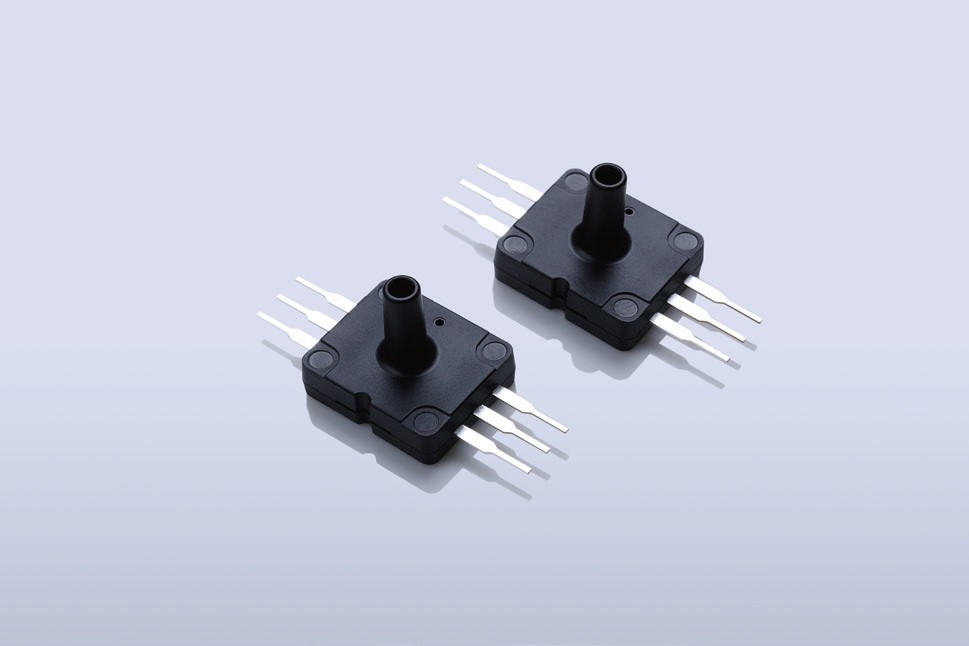Products
Insert molded parts for vehicles involve embedding metal or other materials into plastic components using injection molding technology. These parts are designed to enhance the performance, durability, and functionality of various vehicle components.
Key Features:
Insert Integration: Metal or other materials are embedded within plastic parts during the injection molding process. This integration enhances mechanical strength, provides electrical connectivity, or fulfills other specific functions required in vehicle components.
Durable Construction: The combination of metal inserts with plastic ensures a robust and durable part, capable of withstanding the demanding conditions in vehicles.
Precision Manufacturing: The design and manufacturing processes are carefully controlled to meet the stringent requirements of vehicle parts, ensuring high performance and reliability.
Manufacturing Process:
Design: Develop detailed designs for the vehicle part, specifying the dimensions, shape, and placement of the metal inserts, as well as the overall structure of the plastic component.
Insert Production: Manufacture the metal inserts through processes such as stamping, machining, or casting, ensuring they fit precisely within the mold.
Injection Molding: Place the metal inserts into the mold and inject molten plastic around them. The plastic solidifies and bonds with the inserts, creating a unified, functional part.
Post-Processing: After molding, the parts undergo finishing processes such as deburring, quality inspection, and functional testing to ensure they meet automotive standards.
Applications:
Automotive Components: Used in parts such as brackets, connectors, and mounting elements that require enhanced strength and durability for various vehicle systems.
Engine Parts: Applied in components like engine mounts and supports, where both strength and precision are critical for performance.
Interior Components: Utilized in vehicle interiors for parts like control panels and trim pieces that benefit from the combination of strength and aesthetic flexibility.
Electrical Systems: Employed in connectors and housings for electrical systems, providing reliable electrical connections and protection.
Safety Features: Used in safety-related parts such as airbags and seatbelt components, where strength and reliability are paramount.
Advantages:
Enhanced Strength and Durability: The metal inserts increase the overall strength and durability of the parts, making them suitable for high-stress applications in vehicles.
Functional Integration: Allows for the integration of multiple functions into a single part, reducing the need for additional components and assembly steps.
Design Flexibility: Injection molding enables the creation of complex shapes and precise dimensions, accommodating various design requirements for vehicle components.
Cost Efficiency: By combining metal and plastic in a single part, insert molding can reduce manufacturing costs and streamline the production process.

